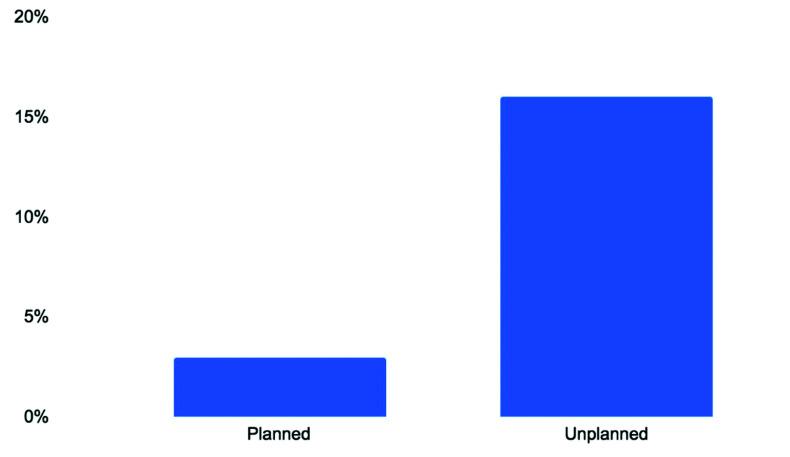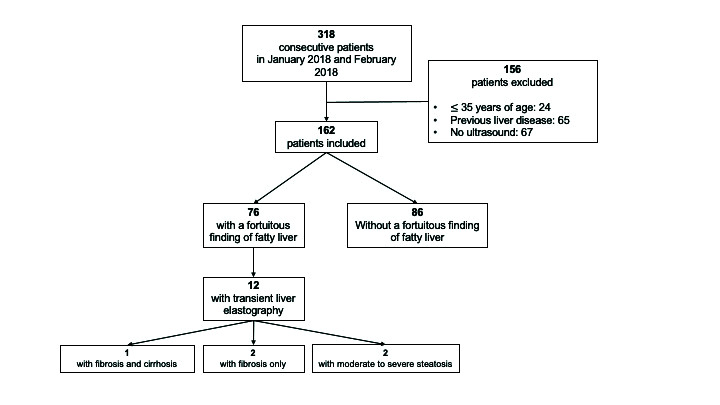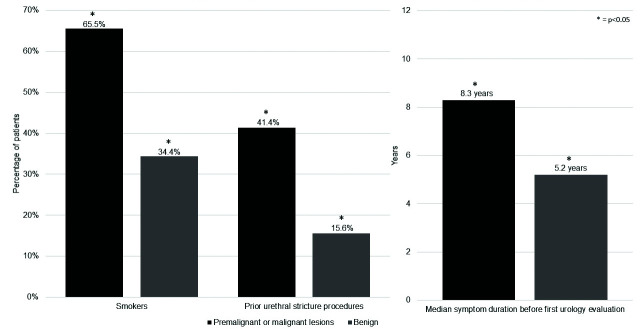Introduction
Considerable controversy persists about how parents should be counselled regarding the circumcision of baby boys. Literature is sparse on attitudes men have toward their circumcision status and how these attitudes impact body image and sexual functioning. The base rate at which men are distressed over their circumcision status has not been reliably estimated and is important to establish to inform public policy. Our objective was to obtain this base rate of distress regarding circumcision status and start to clarify characteristics that might be associated with circumcision status regret and/or dissatisfaction in men.
Methods
A cross-sectional survey was distributed to men (18+ years old, born with a native penis) in the U.S. via Amazon.com’s ‘Mechanical Turk’ survey marketplace in September, October, and November of 2021. Demographic, circumcision, and psycho-emotional data were collected, in part through previously validated surveys including the revised Body Appreciation Scale [BAS-2] and Index of Male Genital Image [IMGI] (measuring overall and genital body image), and the Sexual Quality of Life measure for Men [SQOL-M] (measuring sexual quality of life). A responder was considered “distressed” about their circumcision status if they indicated thinking about it always, often, or sometimes; regretting it a lot or a great deal; and being very dissatisfied or extremely dissatisfied with it; 1006 responses were studied from 1080 collected responses. The 74 excluded responses demonstrated inappropriate responses to attention questions (55), birth without a native penis (8), underage (1), or a repeat respondent (10).
Results
Of 1006 adult male respondents in the U.S., 18 (1.79%) were distressed about their circumcision status, including respondents circumcised at birth, as an adult, and not circumcised (Table 1). Mean circumcision status regret was statistically lower among uncircumcised respondents and higher among respondents circumcised as an adult (Table 2).
Poster #76. Table 1.
Rates of circumcision status distress by circumcision status
| Responders | % | Distressed about circumcision status | % | |
|---|---|---|---|---|
| Circumcised neonatally | 779 | 77.4% | 14 | 1.8% |
| Circumcised as adult | 43 | 4.3% | 1 | 2.3% |
| Uncircumcised | 175 | 17.4% | 3 | 1.7% |
| Unknown | 9 | 0.9% | 0 | 0.0% |
| Total | 1006 | 100% | 18 | 1.8% |
Poster #76. Table 2.
Regret & satisfaction of adult men regarding circumcision status by circumcision status
| Mean regret* | Regret significance (p) | Mean satisfaction** | Satisfaction significance (p) | |
|---|---|---|---|---|
| Overall U.S. adult male population (comparison mean for p values) | 0.38 | 5.26 | ||
| Circumcised as adult | 1.28 | 0.000001 | 5.49 | 0.28 |
| Circumcised neonatally | 0.37 | 0.84 | 5.22 | 0.57 |
| Uncircumcised | 0.20 | 0.0009 | 5.37 | 0.35 |
Regret score based on 0–4 Likert scale, where 0 is no regret and 4 is high regret.
Satisfaction score based on 1–7 Likert scale, where 1 is high dissatisfaction and 7 is high satisfaction.
Conclusions
Approximately 1.8 % of men in the U.S. over the age of 18 experience distress regarding their circumcision status. Mean regret regarding circumcision status was greatest among those circumcised as an adult and least among those who were uncircumcised. Neonatal circumcision was not associated with increased distress, regret, or reduced satisfaction regarding one’s circumcision status.
Footnotes
Funding: University at Buffalo, Department of Urology









